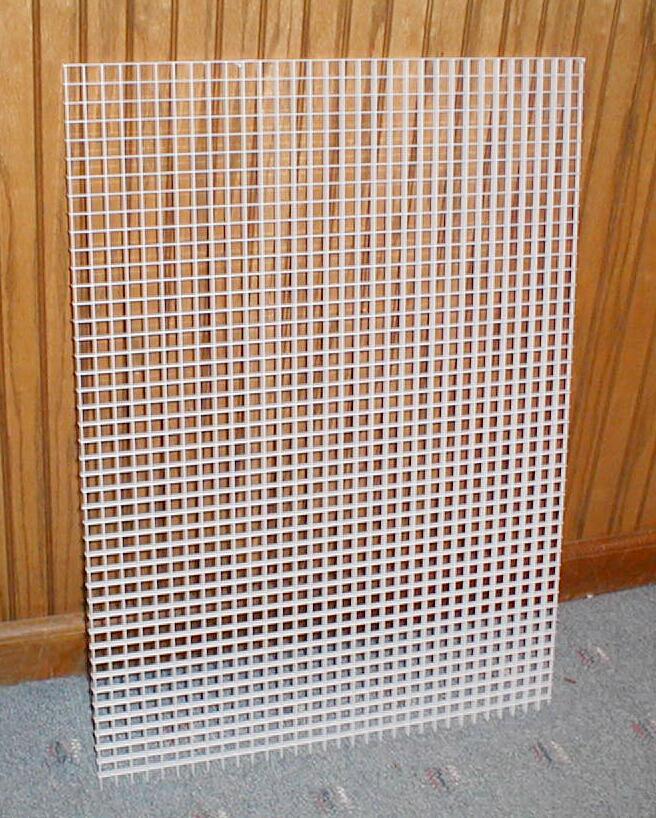Bill B
New member
- Joined
- Jan 3, 2011
- Messages
- 171
- Reaction score
- 5
- Points
- 0
- Age
- 54
- Location
- Grand Rapids, Michigan
- Country
- United States
- Display Name
- amphibianizer
Any ideas what species of salamander these are? Montague, Michigan, USA. It was near heavily wooded old forest on a dune, but the wetland from which they were taken, and mostly cattail-dominated marsh, was probably not part of the dune system since water runs down a tiny sluice out it into another (now dry) wetland, but still retains water.








